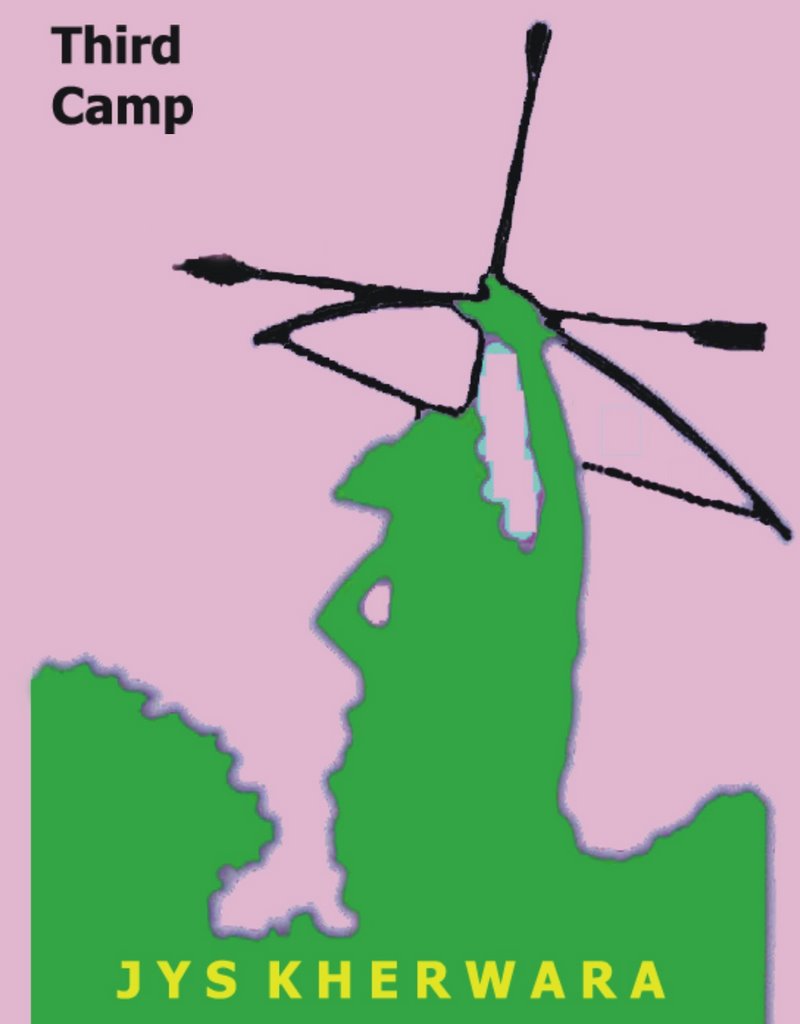Adivasis and the Freedom Movement
Adivasis and the Freedom Movement
As soon as the British took over
But the defeat of 1858 only intensified British exploitation of national wealth and resources. A forest regulation passed in 1865 empowered the British government to declare any land covered with trees or brushwood as government forest and to make rules to manage it under terms of it's own choosing. The act made no provision regarding the rights of the Adivasi users. A more comprehensive Indian Forest Act was passed in 1878, which imposed severe restrictions upon Adivasi rights over forest land and produce in the protected and reserved forests. The act radically changed the nature of the traditional common property of the Adivasi communities and made it state property.
As punishment for Adivasi resistance to British rule, "The Criminal Tribes Act" was passed by the British Government in 1871 arbitrarily stigmatizing groups such as the Adivasis (who were perceived as most hostile to British interests) as congenital criminals.
Adivasi uprisings in the Jharkhand belt were quelled by the British through massive deployment of troops across the region. The Kherwar uprising and the Birsa Munda movement were the most important of the late-18th century struggles against British rule and their local agents. The long struggle led by Birsa Munda was directed at British policies that allowed the zamindars (landowners) and money-lenders to harshly exploit the Adivasis. In 1914 Jatra Oraon started what is called the Tana Movement (which drew the participation of over 25,500 Adivasis). The Tana movement joined the nation-wide Satyagrah Movement in 1920 and stopped the payment of land-taxes to the colonial Government.
During British rule, several revolts also took place in Orissa which naturally drew participation from the Adivasis. The significant ones included the Paik Rebellion of 1817, the Ghumsar uprisings of 1836-1856, and the Sambhalpur revolt of 1857-1864.
In the hill tribal tracts of Andhra Pradesh a revolt broke out in August 1922. Led by Alluri Ramachandra Raju (better known as Sitarama Raju), the Adivasis of the Andhra hills succeeded in drawing the British into a full-scale guerrilla war. Unable to cope, the British brought in the Malabar Special Force to crush it and only prevailed when Alluri Raju died.
As the freedom movement widened, it drew Adivasis into all aspects of the struggle. Many landless and deeply oppressed Adivasis joined in with upper-caste freedom fighters expecting that the defeat of the British would usher in a new democratic era.
Unfortunately, even fifty years after independence, Dalits and Adivasis have benefited least from the advent of freedom. Although independence has brought widespread gains for the vast majority of the Indian population, Dalits and Adivasis have often been left out, and new problems have arisen for the nation's Adivasi populations. With the tripling of the population since 1947, pressures on land resources, especially demands on forested tracks, mines and water resources have played havoc on the lives of the Adivasis. A disproportionate number of Adivasis have been displaced from their traditional lands while many have seen access to traditional resources undercut by forest mafias and corrupt officials who have signed irregular commercial leases that conflict with rights granted to the Adivasis by the Indian constitution.
It remains to be seen if the the grant of statehood for Jharkhand and Chhatisgarh ameliorates the conditions for
At the same time, the country can learn much from the beauty of Adivasi social practices, their culture of sharing and respect for all - their deep humility and love of nature - and most of all - their deep devotion to social equality and civic harmony.
References:
1. What is Living and What is Dead in Indian Philosophy - Debiprasad Chattopadhyaya
1b. Stcherbasky: Buddhist Logic (New York, 1962), Papers of Stcherbasky - (Calcutta - 1969,71)
2. The Indian Historical Review, Vol. 16:1,2 Baidyanath Saraswati's review of P.K Maity, Folk-Rituals of
3. Bulletins of the ICHR (Indian Council of Historical Research)
4. Studies in the History of Science in
5. Adivasi: A symbiotic Bond - Mari and Stan Thekaekara (Hindu Folio, July 16, 2000)
Note: The term Adivasi has been used broadly to represent those classified as Scheduled Tribe under the Indian constitution. Roughly speaking, the term translates as aboriginal or native people (or native dwellers).
Some Dalit activists now prefer to also be characterized as Adivasis. Others seek to bring all of
Although, districts with large Adivasi populations are to be found almost throughout
A Note: The movements in Rajasthan are not covered in above article.This is the irony of the area that the historians,even The progressive and revolutionary Historians did not covered it well.We are collecting some facts of Aadiwasi i.e. indigenous peoples movements in southern Rajasthan and adjoining parts of it which is called Arawali Mountain. D.S.Paliwal )
Related Articles:
History of Social Relations in India
Key Landmarks in the Indian Freedom Struggle


0 Comments:
Post a Comment
Subscribe to Post Comments [Atom]
<< Home